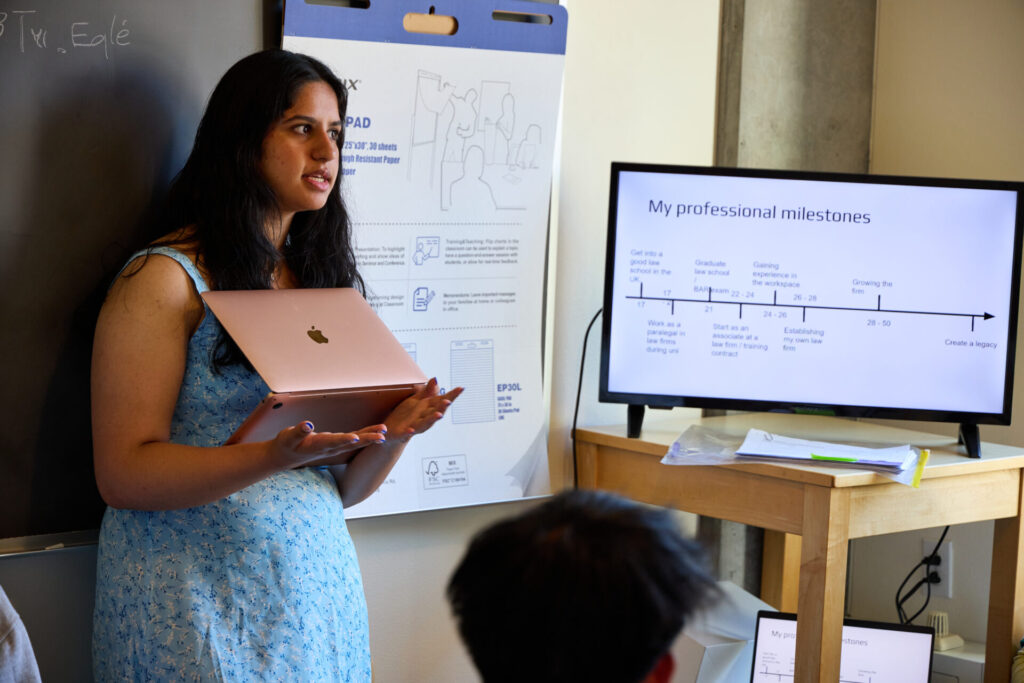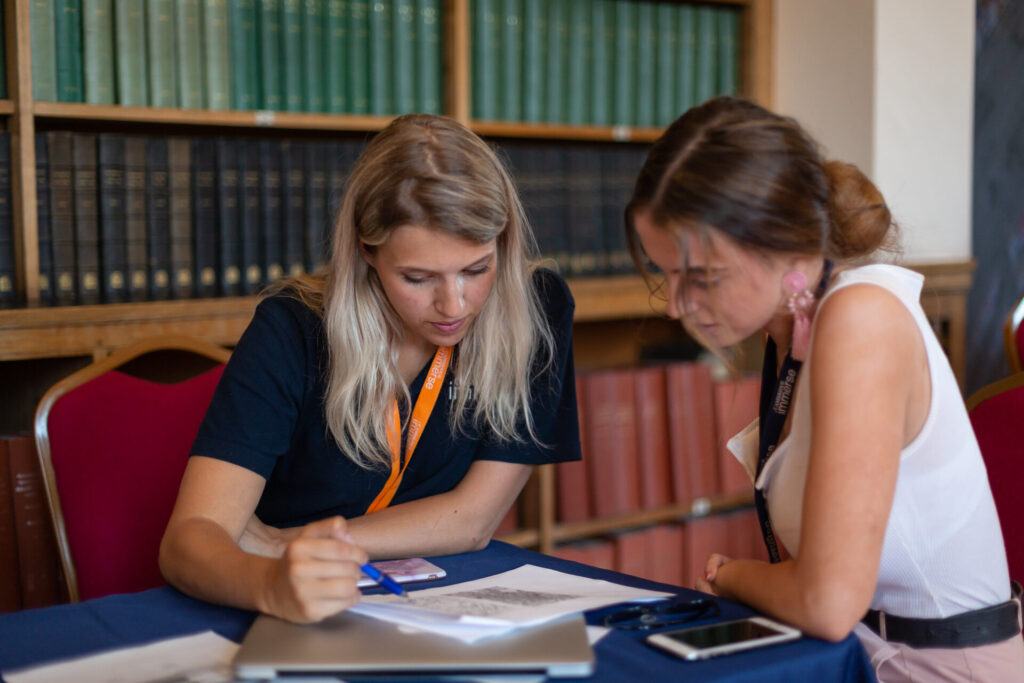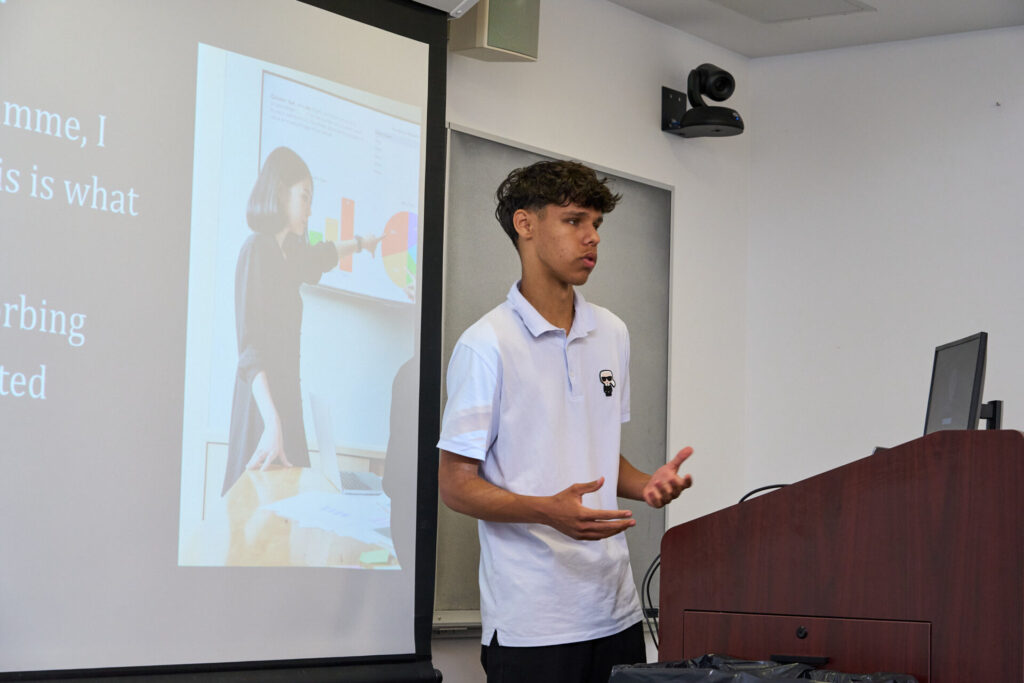Effective studying requires smart strategies that boost long-term memory and understanding. One such powerful approach is active recall. This technique has gained traction for its scientifically proven benefits to memory retention, comprehension, and exam performance. This guide answers the question “what is active recall”, explains exactly how it works, compares it to passive study methods, outlines popular active recall techniques, and shows you how to incorporate it into your daily study routine.
What is Active Recall?
Active recall – also known as active retrieval or retrieval practice – is a study method where you stimulate your brain to actively retrieve information from memory rather than passively reviewing notes or textbooks. Instead of simply reading or highlighting text, it forces you to mentally pull information out, strengthening neural connections and improving your ability to remember content long-term.
Unlike passive methods, which often lead to an “illusion of knowledge” (where you mistakenly believe you understand material because it feels familiar), active recall reveals gaps in your learning by making you consciously retrieve facts, concepts, or explanations on your own. This process promotes deeper engagement and better mastery over the material.
How Does Active Recall Work?
The science behind active recall is rooted in how memory consolidation occurs. When you try to remember something without looking at your notes, your brain must reconstruct the information from stored memory traces. This mental effort strengthens those neural pathways, making it easier to retrieve the same data in the future.
Repeatedly recalling information serves as a form of “practice testing,” which enhances memory retention by fighting the forgetting curve—the natural tendency to forget new information over time if not reinforced. Each successful recall session solidifies your knowledge further, moving it from fragile short-term memory to stable long-term storage.
Moreover, active recall helps you integrate multiple concepts by making connections rather than learning isolated facts. It encourages building a cohesive mental framework, improving both comprehension and application skills.
Active Recall Techniques
Active recall techniques require active brain engagement, making them far more effective than passive studying methods. Passive studying involves reading, highlighting, or listening without trying to retrieve information, which often leads to poor retention.
For example:
- Passive: Re-reading a textbook chapter multiple times.
- Active recall: Closing the book and writing down what you remember, or asking yourself questions and answering without notes.
Related study methods include:
- Flashcards: Use flash cards to prompt recall by looking at questions or keywords and attempting answers before checking. This technique is widely used and can be combined with spaced repetition for extra power. Learn more on how to make flash cards for efficient studying.
- Practice Tests: Taking past papers or self-made quizzes forces retrieval and helps you apply knowledge under simulated conditions.
- Summary Recall: After reading a section, close the book and summarise the key points aloud or in writing from memory.
- Teaching Others: Explaining a topic to someone else helps reinforce your recall and understanding.
These methods challenge you to retrieve info actively instead of scanning text passively.
Join the Immerse Education 2025 Essay Competition
Follow the instructions to write and submit your best essay for a chance to be awarded a 100% scholarship.

Why Passive Study Methods Fall Short
While many students default to passive strategies, such as re-reading or highlighting, these techniques rarely require your brain to work hard enough to form long-lasting memories. Passive recall creates familiarity but not deep learning. Over time, the brain tends to forget information that isn’t actively reinforced, making these methods inefficient.
Balancing Active Recall with Passive Learning
While active recall is proven to be one of the most effective study methods, some degree of passive learning remains necessary – especially in the initial stages of acquiring new knowledge. Passive learning techniques, such as reading textbooks, watching lectures, or highlighting notes, help build foundational understanding and familiarise you with the material. This groundwork is essential because you need some exposure to content before you can actively retrieve and test yourself on it.
The key is to combine both methods strategically: use passive learning to absorb and comprehend new information, then switch to active recall techniques to reinforce and solidify that knowledge. For instance, when learning a new topic, start by carefully reading your notes or watching textbooks, then gradually move to creating flashcards or self-testing without looking at your sources. This way, passive learning supports acquisition, while active recall drives retention and mastery.
How to Use Active Recall
- Set Clear Study Goals: Identify what you want to recall – key concepts, definitions, formulas, or explanations.
- Use Effective Tools: Flashcards are among the easiest ways to implement active recall. Create flash cards that prompt retrieval with a question or keyword on one side and a clear answer on the other.
- Schedule Regular Review Sessions: Apply spaced repetition – review material at increasing intervals—to keep strengthening memory traces. Apps like Anki or Quizlet can automate this.
- Test Yourself Frequently: Rather than passively reviewing, actively quiz yourself or use practice questions. Resist the temptation to peek at answers immediately – give yourself time to struggle to recall.
- Mix Study Modalities: Combine reading, note-taking, and active recall methods to engage with material deeply.
- Reflect and Adapt: After each session, identify weak areas or concepts you fail to recall easily, and focus more review on those topics.
Strong recall skills build gradually through consistent practice. Integrating active recall as the core of your study routine ensures efficient learning with less wasted time.
The Neuroscience Behind Active Recall
Understanding what is active recall also means appreciating the neurological processes at play. When you actively retrieve information, your brain practices re-building the memory, which strengthens synaptic connections between neurons. This neural reinforcement means that the more you actively recall a fact, the easier it becomes to retrieve it in the future. Over time, this rewiring makes knowledge more durable and accessible.
Combining Active Recall with Spaced Repetition
To maximise the benefits of active recall studying, it’s important to combine it with spaced repetition. This involves reviewing information with active recall techniques at increasing intervals, which aligns with how our brains naturally solidify memories. Spaced repetition apps like Anki support this process by scheduling flashcard reviews just as you’re about to forget the information, enhancing retention dramatically.
Tips to Improve Your Practice
- Turn headings and subheadings into questions to quiz yourself.
- Summarise information aloud after reading.
- Teach a peer or even an imaginary audience.
- Regularly test yourself without notes to simulate exam conditions.
- Use varied question types to challenge your recall abilities.
Active recall is a powerful tool when properly used. Developing a routine around it, supported by effective planning and reflection, ensures that your studies convert effort into lasting knowledge.
For more tips on effective studying, check out:

























